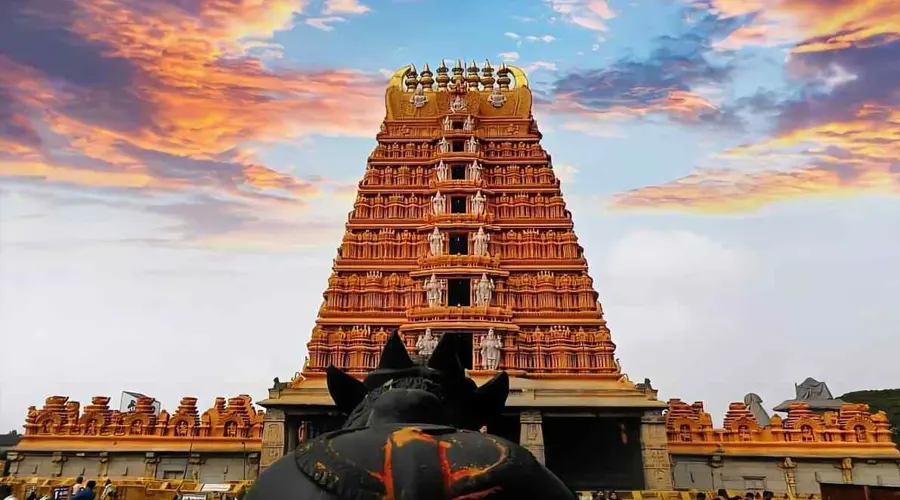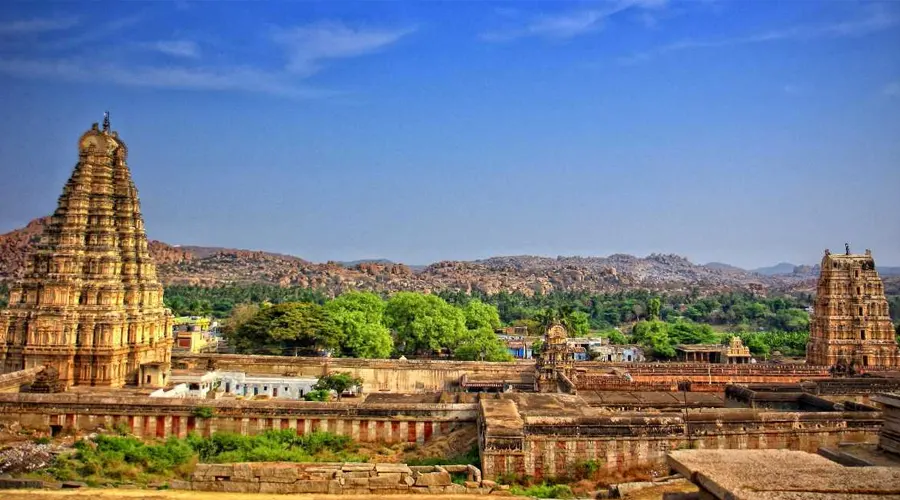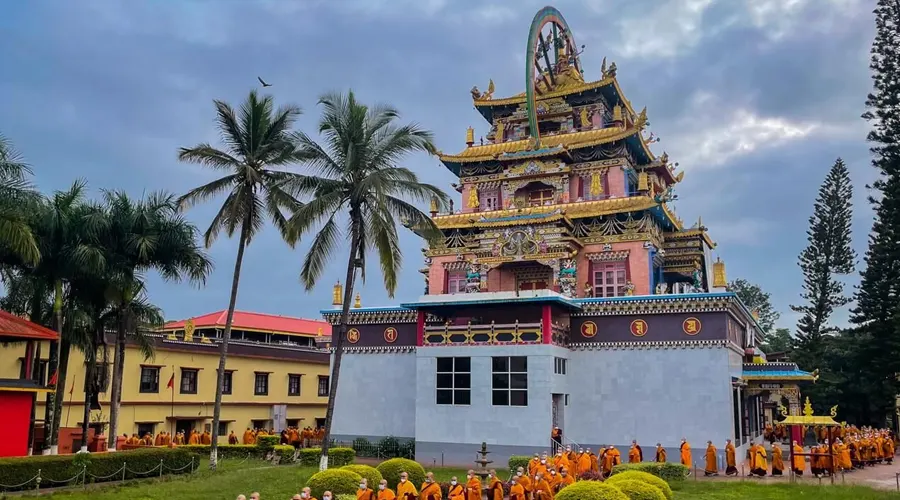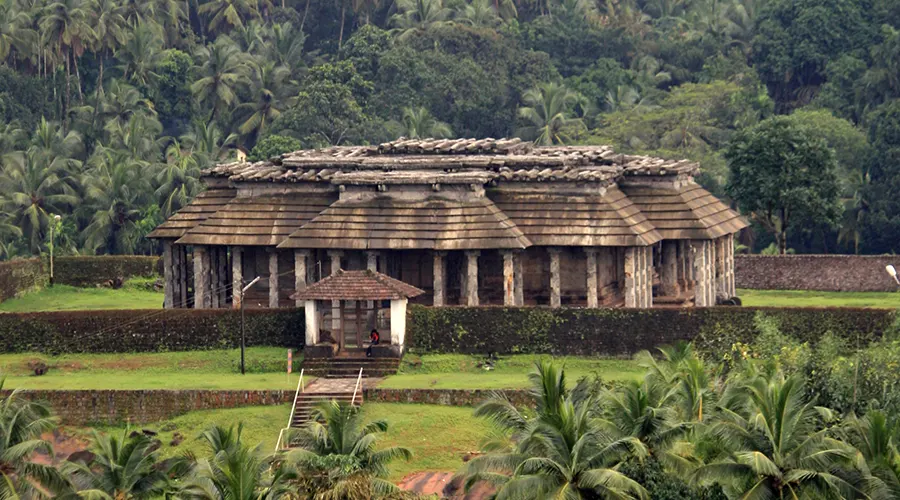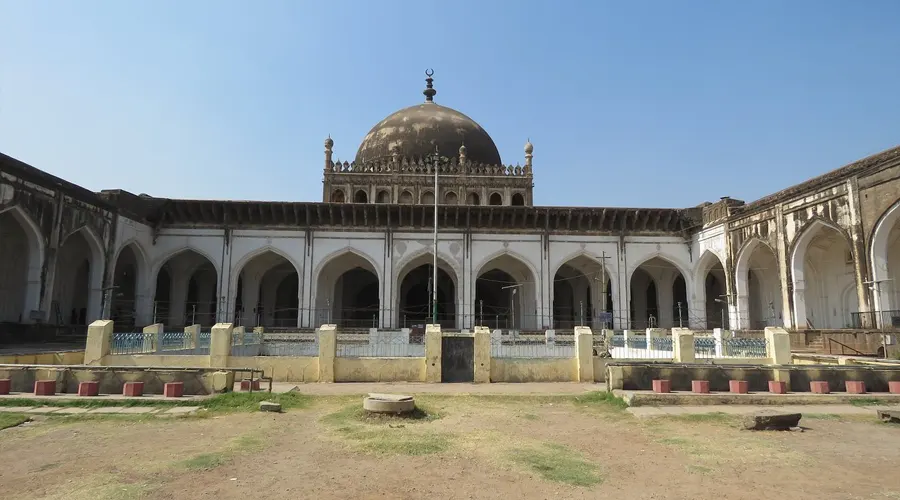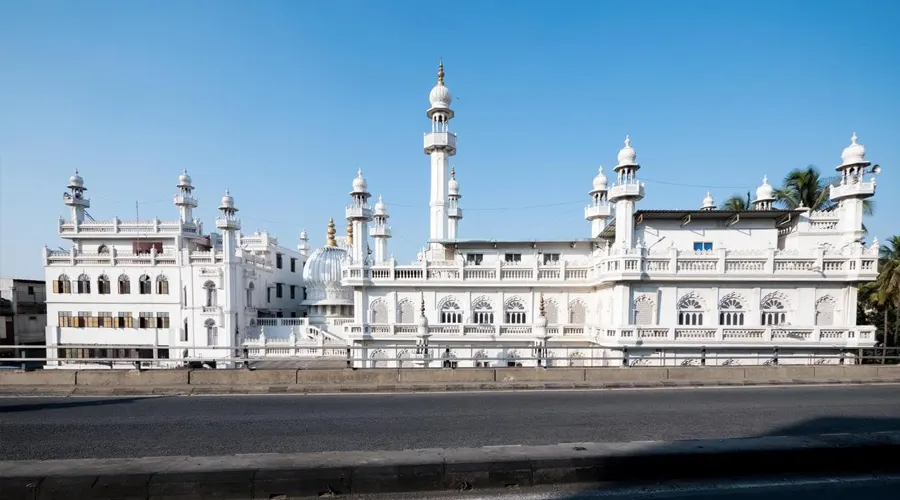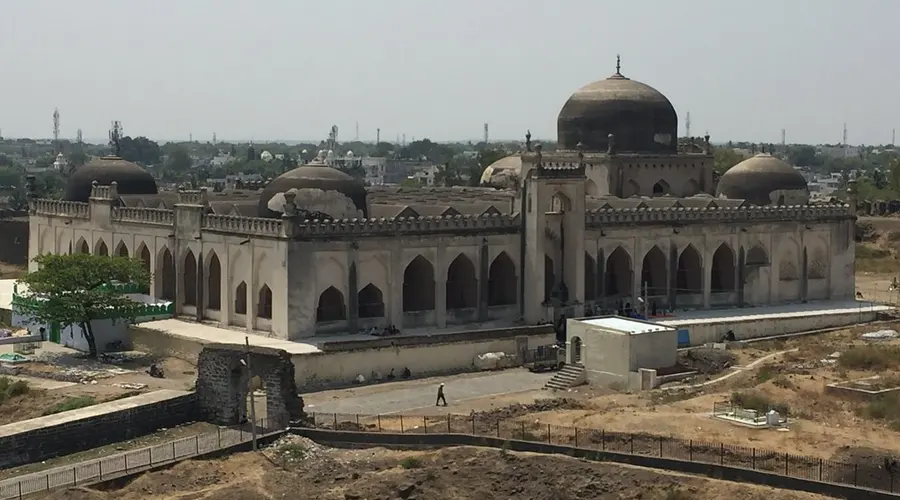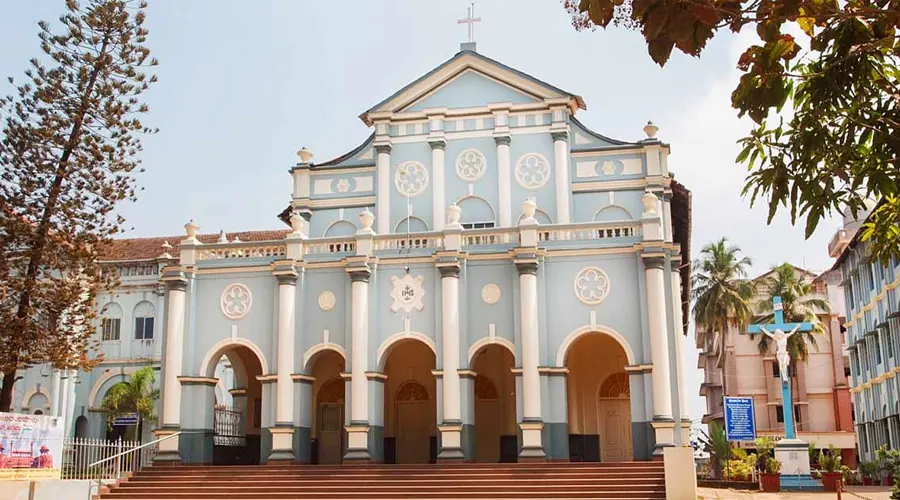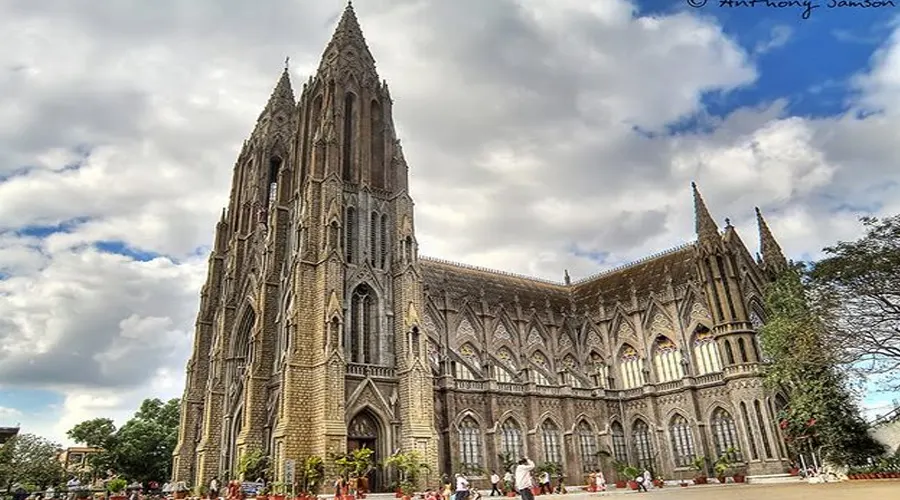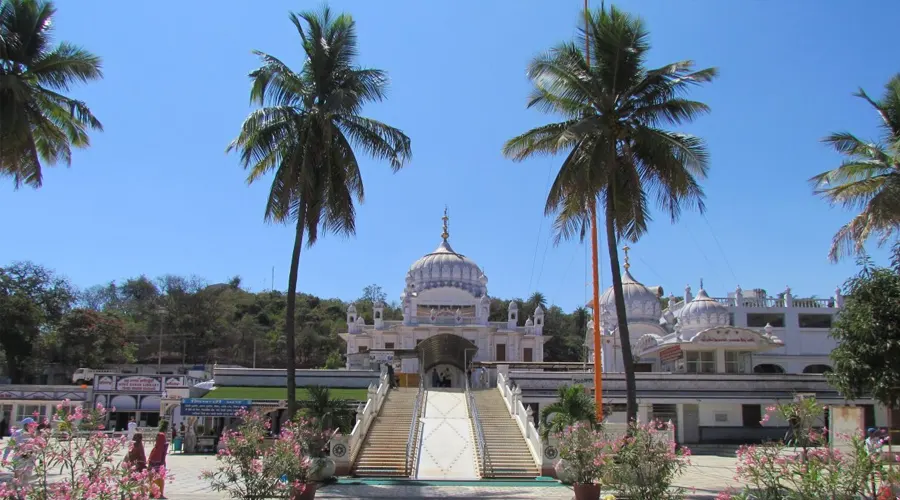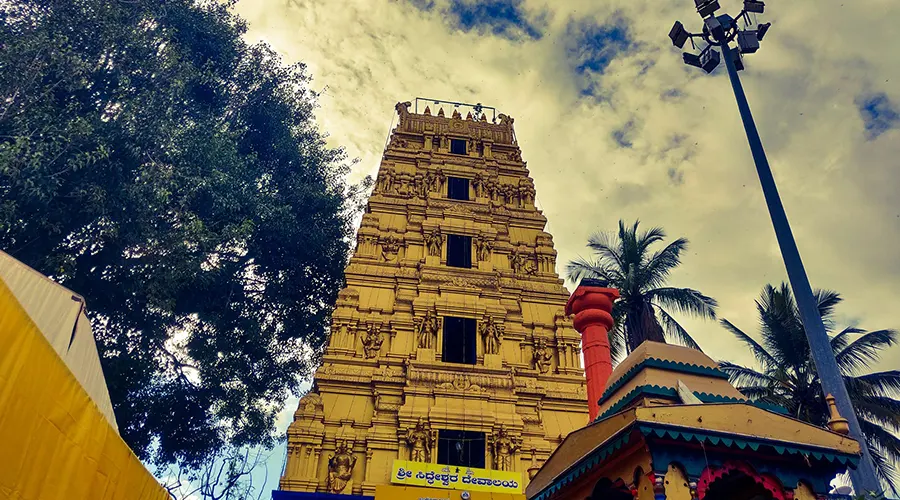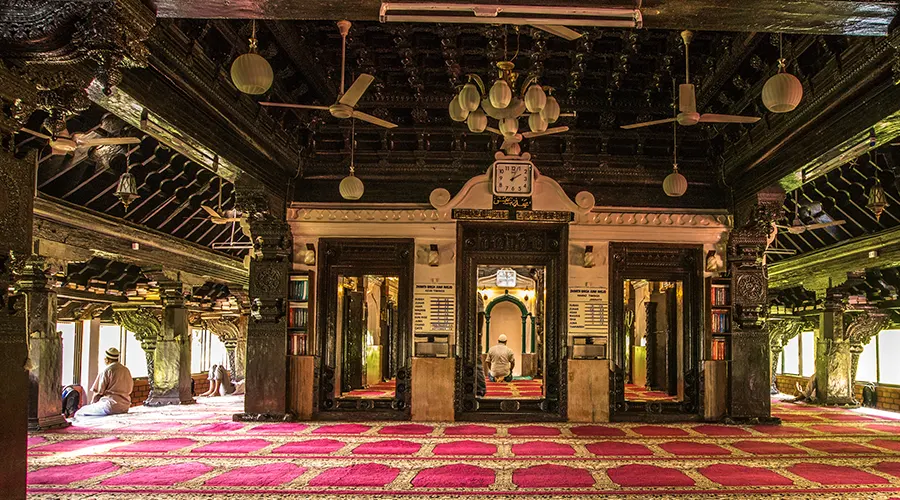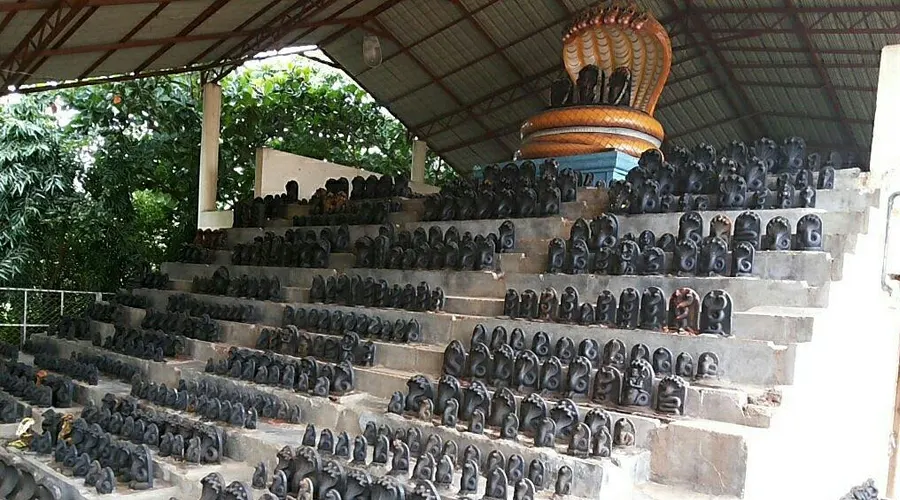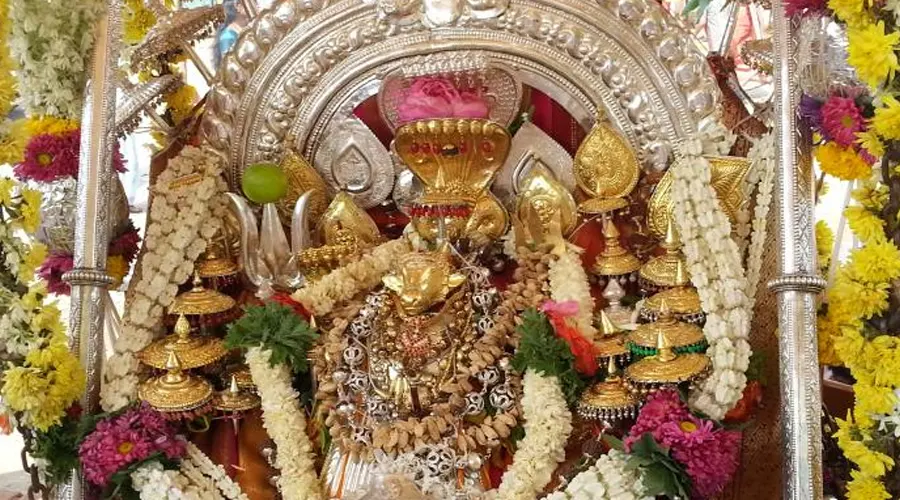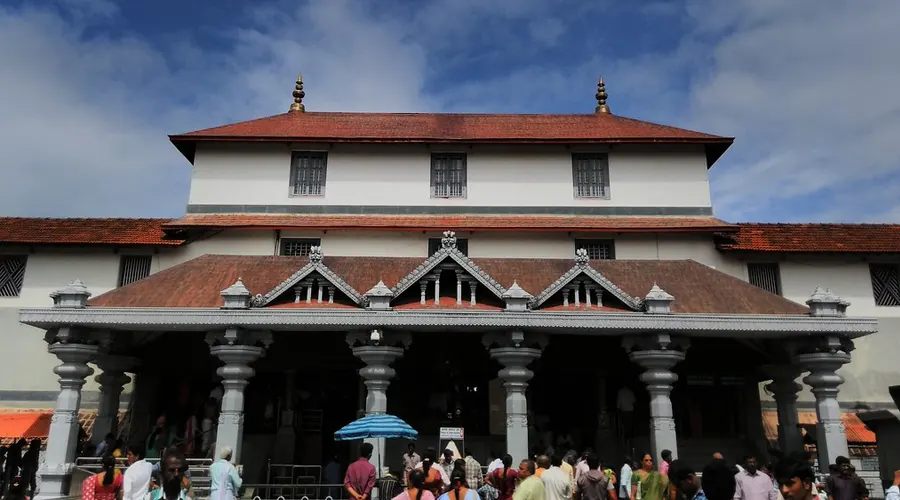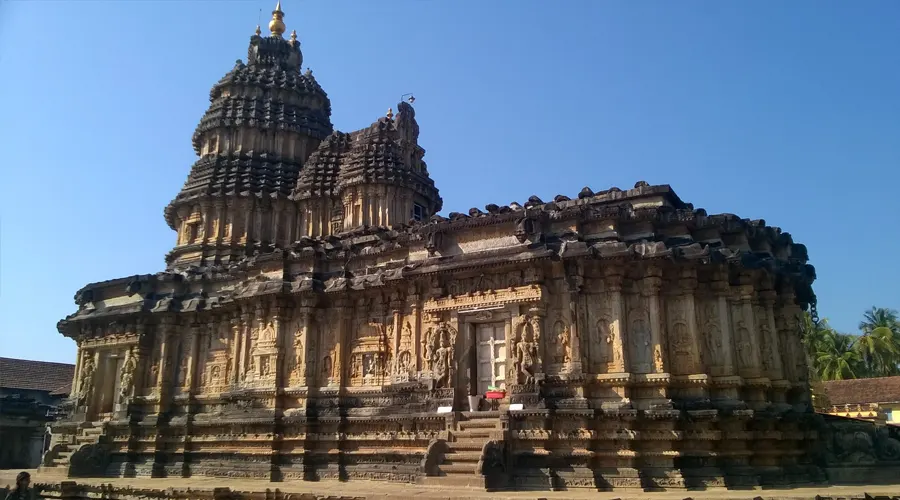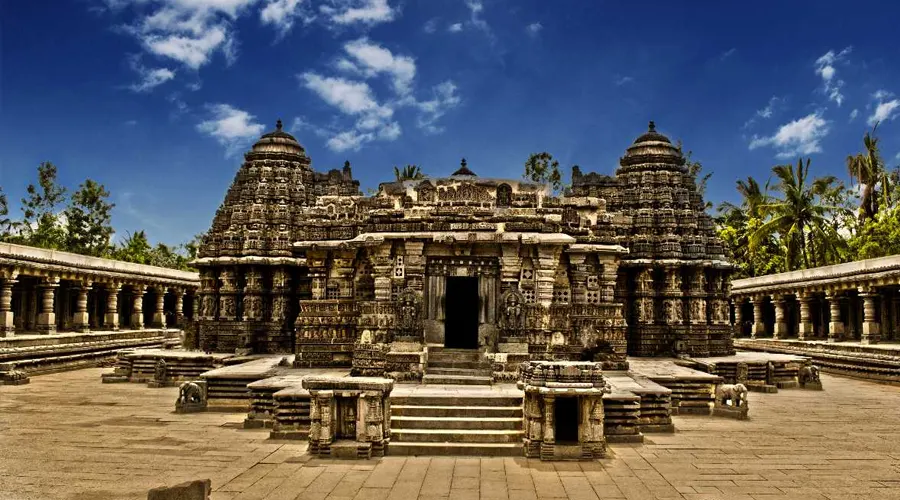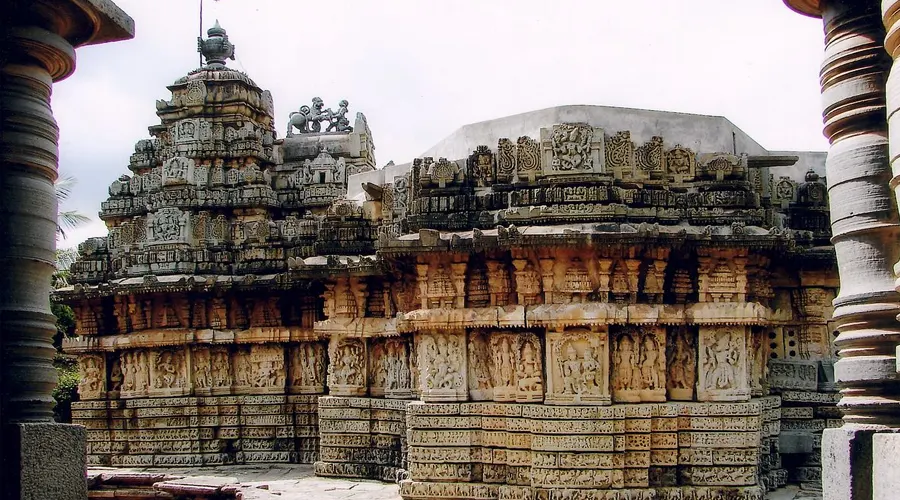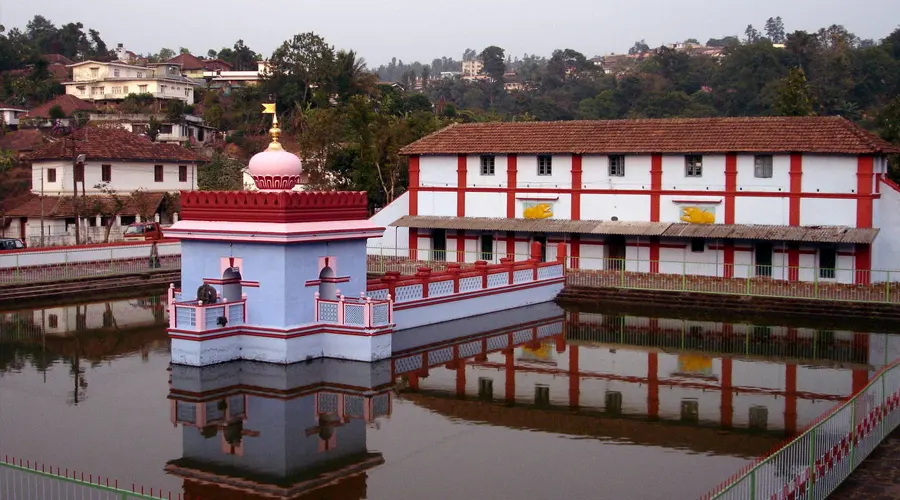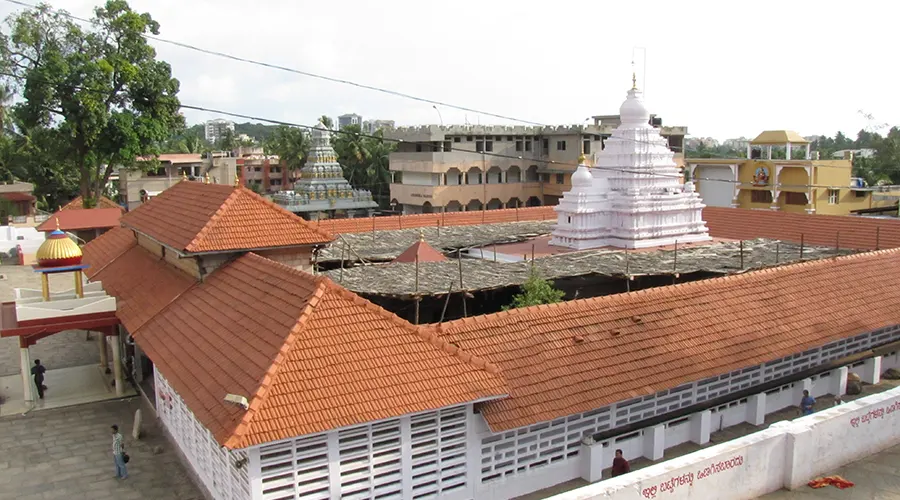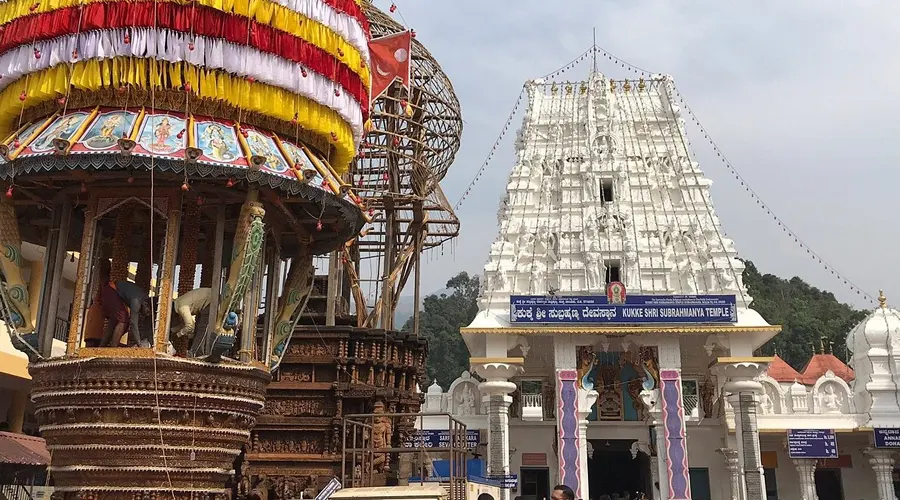Srikantheshwara Temple
The Srikanteshwara Temple in Nanjangud isn’t just a Hindu pilgrimage destination, it’s equally revered for its architecture and Saiva sculptures. The temple is located in Nanjangud, a city also known as the Varanasi of the south.
The temple, also known as Nanjundeshwara Temple, is spread out over a large area and is built in a style that reflects various periods of Karnataka’s art history.
Based on its location, the temple is also known as the Nanjundeshwara Temple. It stands on the right bank of the Kapila River, a tributary of the Kaveri. The temple measures 160 feet by 385 feet covering an area of 50,000 square feet. This makes it the biggest temple in Karnataka.
It has a history spanning over 1000 years as kings of successive dynasties added to the temple complex. Every year, the temple plays a central role in the Chikka Jathra and the Panchamaharathotsava. Maha Shivarathri and Navarathri are also celebrated with great fervor.
History of Srikantheshwara Temple
According to local legends, Sage Gauthama laid the foundation for the temple by installing a Linga in the area. In the 9th century, the Gangas built a small, square garbhagriha. The Hoysala pillars date back to the 13th century as does the dancing Ganpati statue.
Architects in the Vijayanagara period added to the temple structure with the Parvati and the Narayana shrines. The main stucco shikara also belongs to this period. The 9 storey tall Dravidian-type gopuram was built by the queen of Krishnaraja Wadiyar III, queen Devajammanni, in 1849.
Another key attraction, the tall stone bull in the temple complex was built by Dalavayi Vikramaraya in 1644. Hyder Ali and Tipu Sultan have also made contributions to the temple.
It is believed that when Tipu Sultan’s elephant had an eye affliction that could not be treated by the hakim, he prayed to Sri Nanjundeshvara. The elephant’s eye healed and Tipu Sultan gifted the deity an emerald green lingam.
The temple has continued to embrace change. Today, in place of the finding hall named Shivakuta there stands a luxurious dining hall.
Architecture of Srikantheshwara Temple
The Srikanteshwara Temple can trace architectural styles of various periods. Overall, it follows the Dravida style of architecture. The Garba Griha was built during the period of the Cholas or the Gangas. The anterior mandapa was added in the 13th century.
The next stage of construction occurred during the Vijayanagara period when a brick and mortar shikhara was added to the shrine. The brick-and-mortar gopuram was added in 1845. This gopuram stands 120 feet tall and features 7 tiers. 7 gold plated Kalasas stand over the Gopuram. Each of these Kalasas is about 10 feet tall.
The prakara has multiple niches that house 122 images of Shiva in various forms, Ganpati, Saptamatrika, and other deities.
The Saiva sculptures deserve special mention. These sculptures are crafted from stone and metal and show Shiva in various poses. The temple also houses a stone sculpture of Krishnaraja Wadiyar III and his four wives. He gifted the temple a silver horse and 2 wooden chariots amongst other things.

